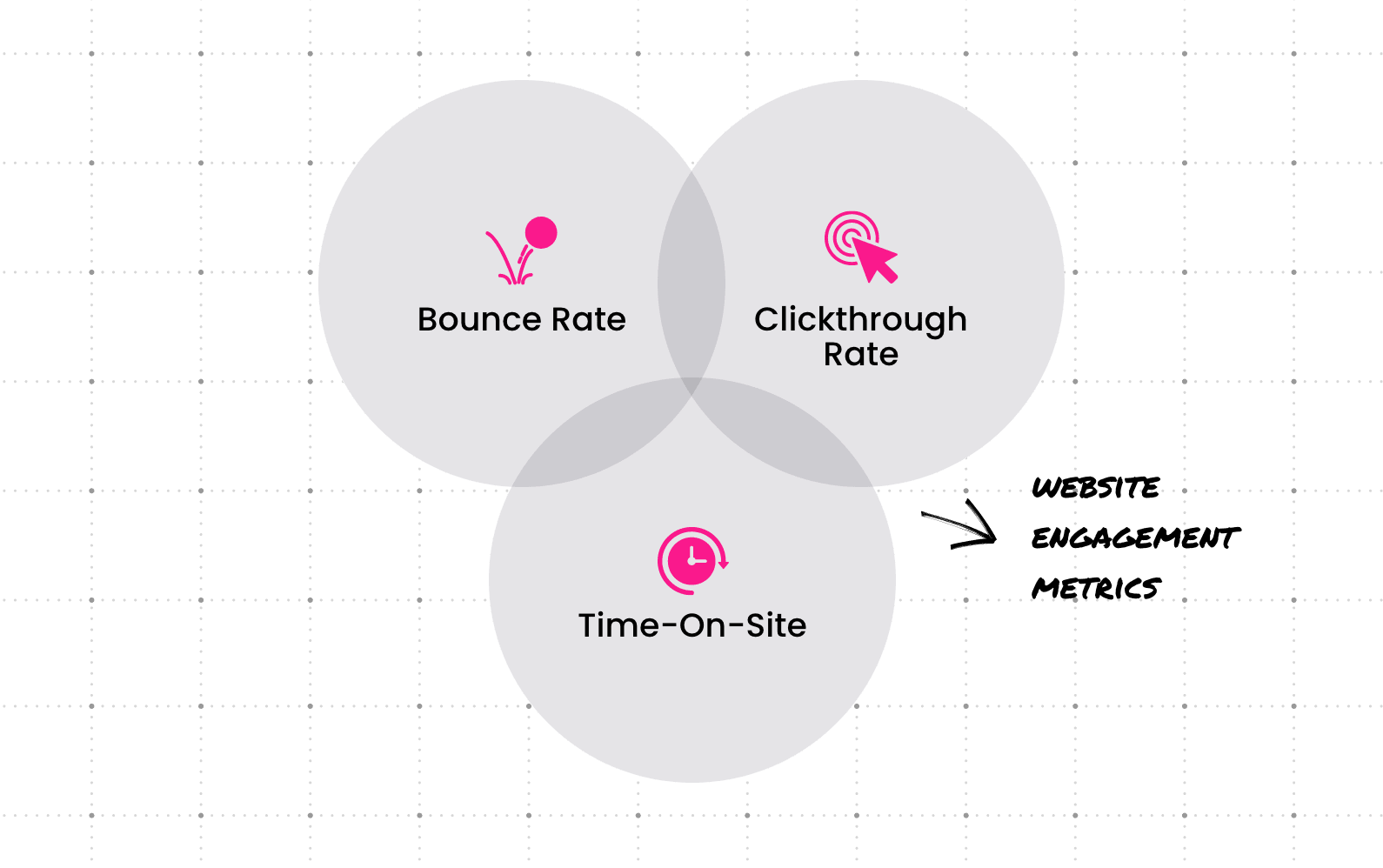Given the digital tools at your disposal, tracking every aspect of your content performance is a must.
When your B2B company needs a new website, the right design will streamline the user experience and provide a positive reflection of your brand. However, for all the value a thoughtful design generates, your business can only be as successful as its approach to digital content.
Obviously, your content needs to be creative, memorable, and concise. But the breadth of content your company creates and distributes across its social channels, email programs, and every part of your site also needs to be cohesive and consistent. And, most importantly, it needs to make a clear and positive impact on your prospects, customers, and your bottom line.
For all the content your business needs, you need to ensure it is consistently connecting with the right audience. Given the digital tools at your disposal, tracking every aspect of your content performance is a must. At the same time, you need the ability to tie your content to results — and revenue those outcomes generate.
What Content Metrics Are Most Important to a B2B?
Your B2B website’s content doesn’t just need to attract an audience. You also need it to retain their attention once they arrive at your site. Starting with the homepage, you have to ensure your content engages users on an emotional level.
After all, your prospects and customers aren’t the brands they work for, they’re people. And by tracking the key elements of their behavior, you’re in a better position to ensure your content is establishing a connection with the users you need.
You can measure and optimize your company’s content by monitoring three key metrics:
1. Engagement Rates Demonstrate Content Is Connecting with Customers
Bounce rates, clickthrough rates, and time-on-site are just a few of the marketing KPIs to evaluate content effectiveness. The longer a user browses your content, finds what they need, and reviews your solutions pages, the more likely they are to complete a CTA.
However, your website doesn’t constitute the end of the story when it comes to your content. Pages sent via email from your site or through social platforms such as LinkedIn, Facebook, or Twitter are key indicators of strong user engagement as well. Reposts and email data demonstrate what digital content your audience values enough to share with their peers — and decision-makers.

2. Lead Conversion Rates Connects Content with Sales
A B2B website should be designed to drive users to landing pages, which is where content converts readers into prospects. Ensuring a CTA is designed in a way that’s simple and inviting is a delicate balancing act. Tracking conversion rates allows you to refine your company’s approach.
From business to business (and platform to platform), the definition of a conversion may shift. For some companies, completion of a contact form or accessing a product demo constitutes a conversion. Your business may also use social media to funnel people toward viewing a webinar or podcast that leads to a conversion.
Generating leads for your business is a matter of using content to establish trust with your prospects. If your engagement metrics aren’t correlating with high conversion rates, you need to evaluate how well your content is connecting with users.

3. Customer Lifetime Value Connects Metrics to Tangible Results
Once your prospect has converted to a customer, the revenue generated by that relationship with your company constitutes your customer lifetime value (CLV). For enterprise businesses, CLV marks a core indicator of your success in nurturing your customer relationships. Plus, it represents the additional value of gaining a potential ally who can sell services on your behalf through sharing testimonials and case studies that support your business.
Retention is more cost-effective than the investment required to generate new business. When you’ve established a strong relationship with customers, your content helps foster new partnerships that reach beyond a one-and-done sale.
Drawing a connection between lead conversion rates and customer lifetime value illustrates the ROI of your marketing efforts. By applying data-driven decisions to areas that are most successful or underperforming, you can iterate on your company’s approach by allocating resources toward the right platforms and content types for your audience.

Leverage Tools for Tracking and Improving Content Performance
Google Analytics is the industry standard for monitoring how users interact with content on your B2B website. But it’s only the beginning of the tools your team should have at its disposal to measure content performance.
SEMRush creates dashboards illustrating how well your website or SEO strategy are performing. MarketMuse generates reports on topics aligned with your business to inform content priorities. A social media planning platform, Hootsuite also offers insights into your top-performing posts.
When you work with the right web design and development agency, you can integrate these insights into your CMS. The right tools can illustrate the areas of your content that are not resonating and empower your marketing team to make changes to enhance the user experience.
![]()
Collaboration Is Crucial to Ongoing Content Marketing Success
Your company’s content is too valuable to your business to be siloed to a single person or team. It should be a collaborative process encompassing your entire organization.
For example, your sales team should report back about articles or pages that resonated with prospects or any potential gaps in service they’ve identified. Is there a question your content is not answering that you can incorporate into your strategy?
Additionally, if your marketing department is separate from social or paid media teams, everyone should share insights about their highest performing campaigns. Along with discovering if any content can be repurposed elsewhere, each department can use these results to inform future priorities. Your company’s content should never be seen as complete. It just continues a constant cycle of improvement by tracking the right insights.
But the gains made possible through collaboration don’t have to be limited to your internal teams. If you’re having trouble identifying the content that’s working for your business, we should talk. We can work together to ensure your company has the right tools and processes to move your business forward.






